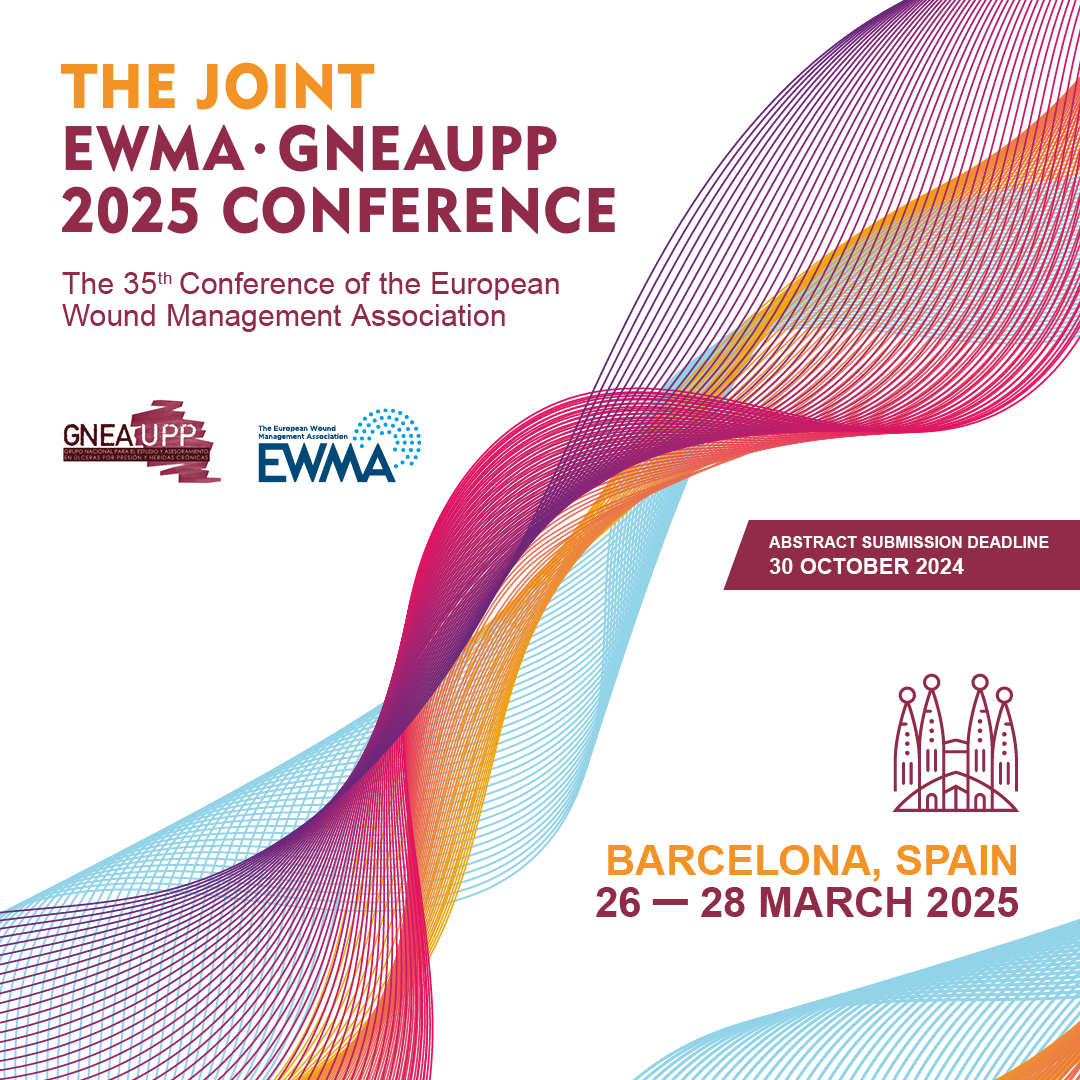Editorial Policy
The Editorial Board wishes to encourage the submission of high quality scientific and clinical papers from all countries in Europe and around the world.
The editorial team provides assistance for authors with difficulties writing in English, when needed. Please contact the EWMA Secretariat for more information.
In addition, translated articles, originally published in national, non-English wound journals, may be submitted for publication in the Journal of Wound Management. By offering this, EWMA wishes to support that quality research from all countries is made available to a wider audience.
Copyright
Copyright of published material and illustrations is the property of EWMA. However, provided prior written consent for their reproduction, including parallel publishing (e.g. via repository), obtained from EWMA via the Editorial Board and proper acknowledgement, such permission will normally be readily granted.
Requests to reproduce material should state where material is to be published, and, if it is abstracted, summarised, or abbreviated, then the proposed new text should be sent to the Journal of Wound Management Editor for final approval.
Other than the above mentioned translations, the journal retains the copyright for all published papers. The Editor and the Editorial Board take the issue of plagiarism very seriously and expect all authors to acknowledge all sources of material in their papers when submitted for review prior to publication.
EWMA supports the need for authors to share, disseminate and maximize the impact of their research and these rights.
Rights granted to EWMA:
- The exclusive right to publish and distribute an article, and to grant rights to others for reprints and reuse.
- EWMA applies the relevant third party user license where EWMA publishes the article on its online platforms.
- The right to provide the article in all forms and media.
- The authority to enforce the rights in the article, on behalf of an author, against third parties, for example in the case of plagiarism or copyright infringement.
Author Guidelines
Authors are expected to follow the instructions in the Author Guidelines and to comply with instructions from the Consort Statement and other relevant guidance documents when reporting their research.
Journal of Wound Management is a free to access publication. All articles published by Journal of Wound Management are free to access and download for all readers.

